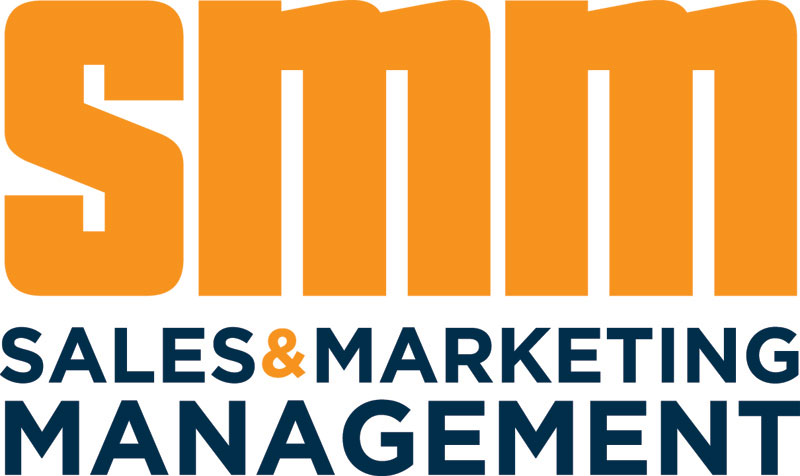White Papers & eBooks
|
A brief scanning of The Wall Street Journal - or, tellingly, almost any other newspaper in the country - reveals the alarming prevalence and far-reaching impact of organizational dishonesty. Reports of malfesance or criminal conduct in corporate governance, accounting practices, regulatory evasions, securities transactions, advertising misrepresentations and so on have become all to commonplace. Its no wonder that business schools across the country have been rushing to design and introduce courses that emphasize a subject traditionally given short shrift: Ethics.
|
|
Coaching and leadership are about people. People are unique and to compound the situation they behave differently under varied circumstances.
So is it not an overstatement to suggest that there is a framework that can be applied to achieving greater success with people and through them?
I will answer with my standard mini-exercise.
Assume you are a recruiter. You are asked to identify a Field Commander for a hot war zone as well as a Guidance Counsellor for an all-girls high school.
Did your mind automatically paint different pictures as to who will fill the roles?
Intuitively, you recognize the differences but what are the factors that brought you to that conclusion? Also, what if the roles were not so far apart, could you intuitively distinguish among candidates?
That is role and the value of a reliable framework.
For decades, as a member of member of the Extended DISC™ network, I have been using an approach that I call DISCerning Communication to drive healthy interpersonal relations among a cross-section of groups. When people experience others communicating with them in a manner that is comfortable for them the opportunities for positive cooperation increases exponentially. Someone referred to it as communicating from inside the head of the other person.
Course after course, webinar after webinar, article after article I receive encouragement to present DISCerning Communication principles in a concise publication to a wider audience.
This is your invitation to join the mission and make a positive difference in how we communicate and relate to others.
|
|
At one time or another, every sales manager feels like they are stepping into an abyss.
They have to replace the sales rep who just left. Or they’re tasked with expanding their department to meet the challenge of growing sales for the company. Either way, they have to make a big decision.The candidate sitting in front of them could be an outstanding addition to the team, or they could be the manager’s worst nightmare.
Hiring an employee who turns out to be toxic can cost the company lost sales, higher rates of sales rep turnover, and turmoil. Research shows 1% of people are psychopaths and 4% are sociopaths, while another 2-3% of the population might end up behaving in a toxic way in the workplace. When you add it up, that’s one out of 13 people.
In this book, we offer a glimpse at 13 types of toxic personality types we’ve identified in the workplace for sales teams. We have ordered the chapters by the most difficult and problematic, the Jungle Fighter, to the least likely to be problematic, the Martyr. Using documented case studies, we also outline the steps you can take to address toxic behavior and restore harmony to your organization. In some cases, you may be able to adjust the work environment and coach employees who exhibit toxic behavior. In other cases, the best strategy may be to avoid hiring employees with toxic behavioral tendencies. If they are already on the payroll, you’ll have no choice but to get them out of your organization.
|



















